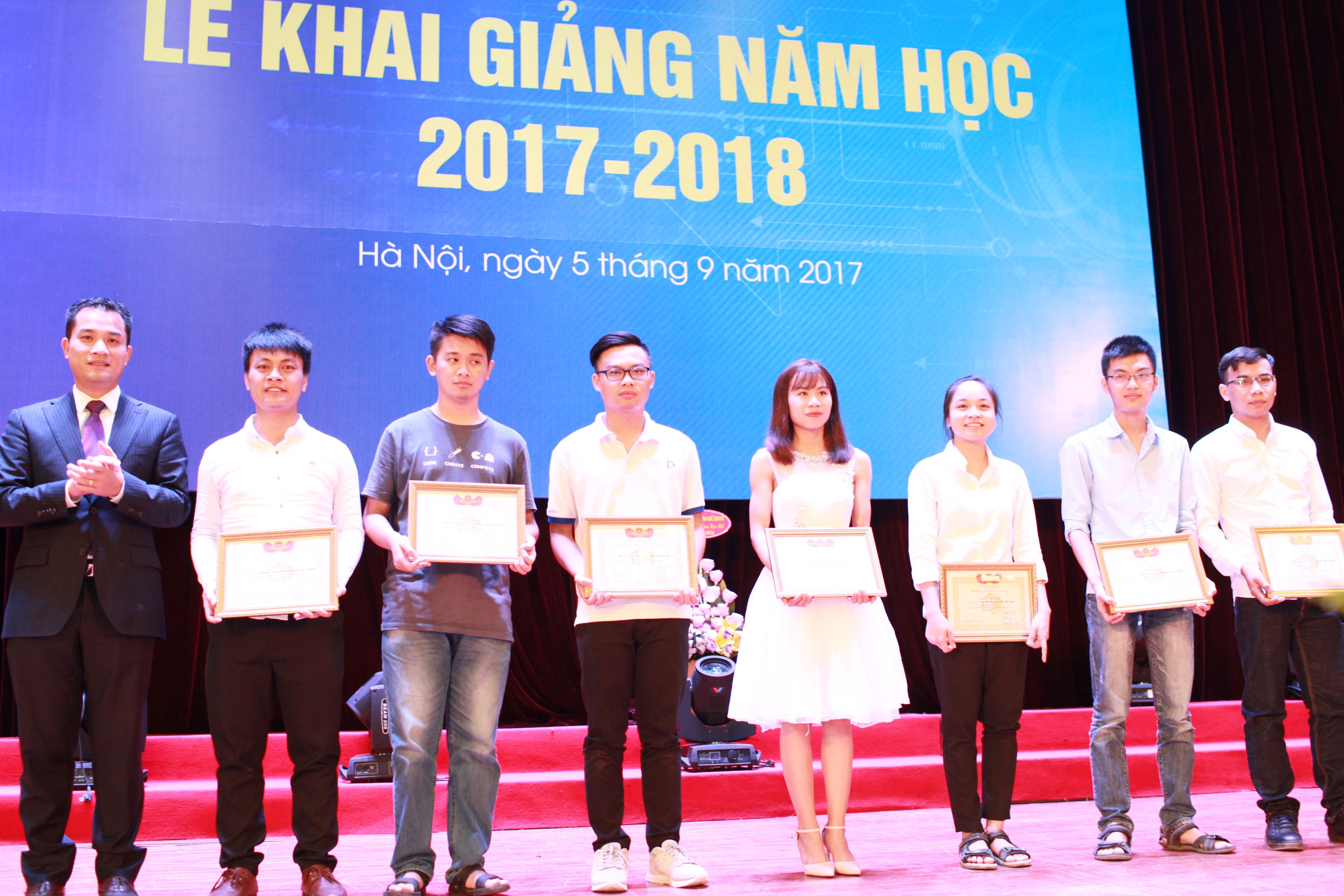Product helping blind people
The project “Building smart devices to help the blind” processed by student Vu Thi Thao (Faculty of Electronics and Telecommunications, University of Technology) is one of 04 works of female students of Hanoi National University is supported by the Central Vietnam Women’s Union in 2018.

Ideas from the direction of computer vision research
Although being a student, the topic “Building smart devices to help the blind” is the second research topic studied by Vu Thi Thao (K59DB).This project was carried out by students Vu Thi Thao, Thu Ha and Hoang Tien Duc in January 2018 and is still in the process of being finalized. After knowing the project’s information will be funded, Vu Thi Thao shared that this fund is a great source of material and spiritual motivation so that the group has the motivation to complete the project and continue the path of scientific research.
People often think that girls do scientific research will be very jejune and less advantageous, but Vu Thi Thao made a different impression to the opposite. Thao is a dynamic student and actively involved in many activities of the youth union, because the idol in her heart is Mrs. Ada Lovelace – a beautiful woman and also the first programmer on world. This is also the reason Thao gave more motivation to do research at the school’s Signal System Lab from the beginning of the second year. Thao said that the Signal System subject attracting her, through the content and teaching method of Nguyen Hong Thinh has inspired her passion in this field, so she registered research in the lab.
After a period of time in the field of computer vision at the laboratory, Thao came up with the idea of a device to help the blind, enabling them to live a normal life. After the exchange with the teacher about suggested technology, the research team has begun to realize the idea.
This group’s theme comes from the fact that more and more technology products are designed and manufactured in Vietnam in order to “regain” lost or weakened functions for people with disabilities. The team’s vision of vision makes the idea of a device that helps the blind, enabling them to have a normal life. After the exchange and instructed by the teachers Dr. Le Vu Ha and Dr. Nguyen Hong Thinh suggested technology for use with equipment, as soon as the support of the teachers, research team’s embarked on the realization of the idea. At this point, the team was quite busy with graduation theses but all three of them did not neglect the research topic. The group arranges research and study sessions interspersed in a day.
Help the blind
At present, there are many products available to assist visually impaired people with features such as the intelligent glass of Dr. Stephen Hicks from Oxford University or the Braille book reader. They are excellent products for the visually impaired.But smart glasses are only for those who still have vision, making the most out of their eyes, and most of these technologies are extremely expensive, such as the AI Glass which cost $ 1000 – $ 1500. So, the team wants to create devices that recognize objects, paths … support the visually impaired, overcome the difficulties of travel, grasp, find objects. Objects are identified and located and then translated into voice announcements for the user. Especially, these technology products can reach visually impaired people in Vietnam.
Vu Thi Thao said, the research team was very excited and excited to be able to create products that help the blind. But during the three months of research, the team encountered difficulties and frustrations, especially the process of installing the environment, and unknown how many times the team had to redo the hardware or have problems with the algorithm.
However, the group felt very fortunate to have the enthusiastic advice of the instructors at the Signal System Lab. After the theoretical and practical stages of development, the research team still has not achieved the desired result. She feels she can give up at any time. But she always think of the reason why and started to try harder.
Talking about the use of the product, Thao said, the team will try to reduce the complexity and size of the product. Users will wear this device directly. The camera will acquire the image taken on the processor to determine the object, its location then transferred to the voice transmitted to the user through the headset. At this point, the group has identified 20 objects such as: people, cars, chairs, … through the camera then speak up the location of the object. In the coming time, the group will continue to increase the number of objects that the device recognizes and integrate more useful features such as GPS to guide …